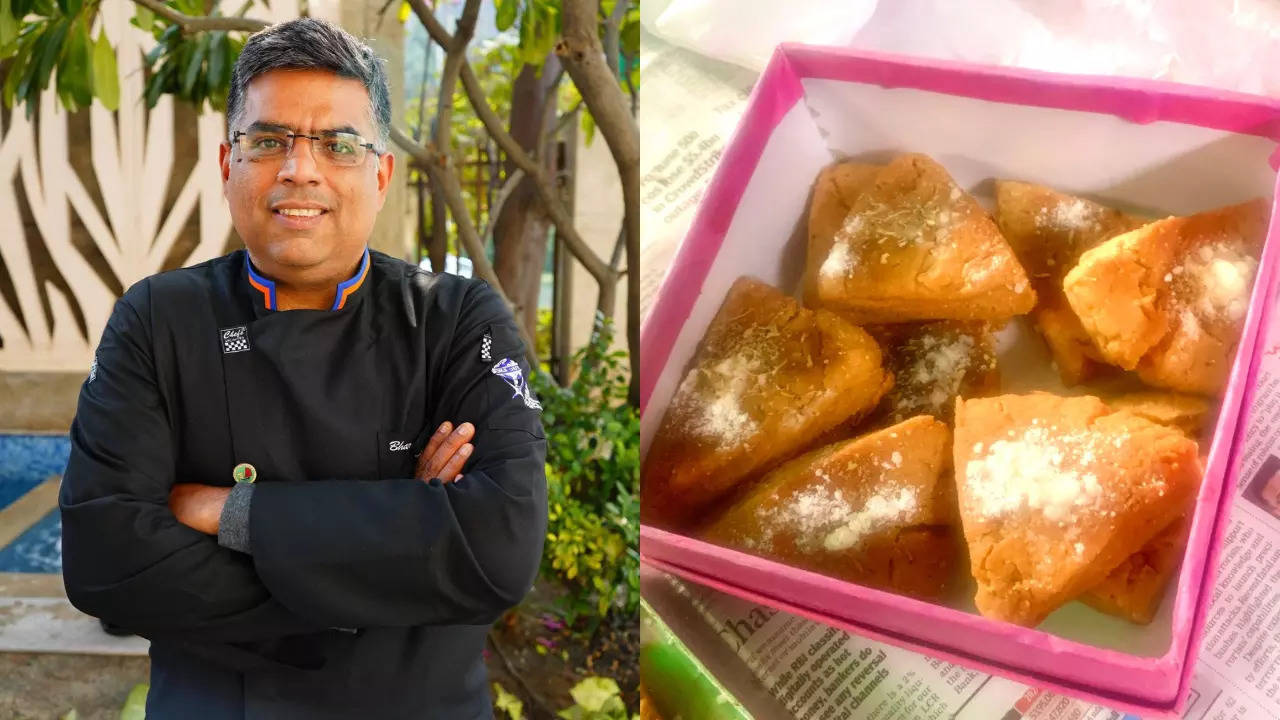Table of Contents

The whole country is excited to celebrate renowned Hindu festival of Janmashtami on August 26, but do you know there is another significant festival that is observed a day before called Thadri. Falling on August 25, it holds a special place among Sindhi Hindus and the day is dedicated to worshipping Sheetla Mata. The goddess is believed to protect against diseases like smallpox and other ailments. However, what makes this festival truly unique is its association with traditional food rituals that have been passed down through generations, reflecting the rich heritage of Sindhi cuisine.
Also Read:Panjiri To Vella Seedai: 6 Regional Janmashtami Dishes To Celebrate The Festival
Thadari, also known as Thadri, is derived from the Sindhi word "Thado," which means "cool." The festival is akin to Sheetla Ashtami observed in other parts of India, where the goddess is venerated with the belief that she will provide good health upon her devotees. In Sindhi households, the preparations for Thadari begin the day before the actual festival, with families coming together to cook a variety of dishes that will be consumed the next day.
According to tradition, food is prepared a day in advance and no cooking is done on the day of Thadari itself. Chef Bharat Khemani, owner Karachi Halwa House and Nutmeg Caterings explains, "The practice of cooking the day before is done to give rest to the main kitchen burner, as a way to please Sheetla Mata. On the day, a lady who prepares the cold food will only have these Thadri dishes for the well-being of the entire family."
5 Traditional Thadari Dishes
The dishes prepared for Thadari are simple yet flavourful. These dishes, often made with minimal ingredients, are a testament to the rich culinary heritage of the Sindhi community. Here are some of the traditional foods that grace the Thadari table.
Meetha Chautha
It is one of the quintessential dishes prepared for Thadari. "Meetha chautha is prepared with wheat flour, desi ghee, sugar, water. Some deep fry it, while some do it on a tawa by shallow frying", says Chef Khemani. The dough is divided into four portions, rolled out, cut into triangles, and then fried until golden brown. "Chautha means dough divided into 4 portions and it is then sprinkled with powdered sugar and cardamom, giving it a sweet and aromatic flavour", he further states.
Meetha Lola
Meetha Lola is another sweet delight that is a staple during Thadari. Talking about this dish, Chef Khemani says, "Its a sweetened thick paratha cooked on a tawa or griddle with very low flame. The dough is carefully scored to ensure that it cooks evenly from the inside while maintaining a crisp exterior." The slow-cooking process allows the flavours of the ghee and sugar to meld beautifully, resulting in a dish that is both satisfying and indulgent.
Sindhi Koki
It is a type of flatbread made from whole wheat flour, onions, green chillies and a variety of spices. The dough is kneaded with ghee, making it rich and flavourful. Koki is traditionally cooked on a tawa, giving it a crispy texture that pairs perfectly with yoghurt, pickle or tea.
Besani Koki
A variation of the traditional Sindhi koki, it is made with gram flour or besan instead of wheat flour. Other primary ingredients of this bread are onion, cumin seeds, ghee and green chillies along with anardana. Like Sindhi koki, it is also cooked on a tawa.
Karela Das
It is a traditional bitter gourd sabzi that is a staple in Sindhi cuisine. The bitter gourd is thinly sliced and salted before being sautéed with basic spices such as turmeric, coriander and fennel seeds. Onions, and occasionally potatoes, are added to enhance the taste of the dish. While its distinct taste may not appeal to everyone, Karela das holds a special place in Sindhi households, specially during Thadri, where it is prepared the day before and enjoyed cold the next day without reheating.
Meetha Chautha Recipe
Shared By Chef Bharat Khemani
Ingredients:
- 500 gms wheat flour
- 100 gms desi ghee
- 250 gms flour
- 350 gms powdered sugar
- 1/4 tsp cardamom powder
- Desi ghee for frying
Method
- In a mixing bowl, combine the wheat flour, ghee, sugar, and flour. Knead the mixture into a firm dough.
- Divide the dough into portions of about 100 gms each. Press each portion onto a board and roll it out to a thickness of about half an inch. Cut the rolled dough into triangles and pierce each triangle lightly.
- Heat desi ghee in a deep pan over medium-low flame. Deep fry the triangles until they turn a golden brown.
- Once fried, remove the chautha from the oil and immediately sprinkle with powdered sugar and cardamom powder while they’re still hot to ensure the sugar adheres well.
- Finish by pouring 1 tsp of hot ghee over the chautha for extra richness.

